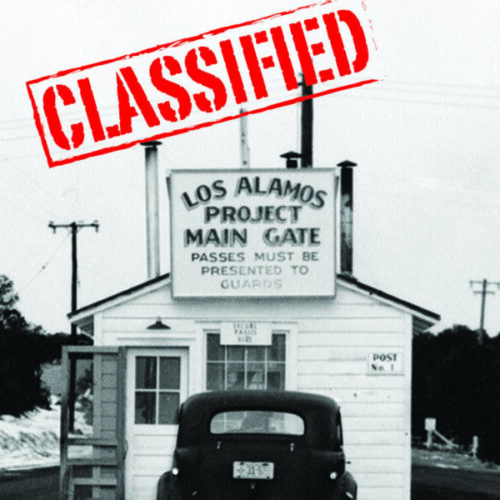To see other COVID posts, visit my Quarantine blog.

Can you believe on average, over 7,500 Americans die each day, with 85 of those deaths due to flu? You’d probably expect that this year with all the COVID hysteria the daily death rate would soar way above average but in fact it’s down 4,000 from the expected cumulative to date total. The same holds for flu deaths, but that’s because the CDC’s labeling all respiratory deaths as COVID.
Was there a COVID crisis? Yes. Were people dying from this horrible virus? Yes. Was the government response appropriate? Yes; at least initially when we didn’t know what we were dealing with, but we’re no longer in that situation.
Governors rushed into quarantine and lockdown out of panic just as much as they now use fear to perpetuate compliance. The nation finds itself in an awkward political purgatory where politicians can’t end the crisis because they’re incapable of conceiving an exit strategy that doesn’t call their leadership into question. The core issue governors can’t collectively resolve is what level of risk can their careers absorb and their subjects accept.
Risk aversion is a common consideration in most engineering designs. The expression, “safety factor” is a form of risk aversion addressing the additional features added to a design to mitigate known and unanticipated scenarios. Risk aversion can also be viewed as a means for making decisions under uncertainty. Perhaps the most famous example of this is the Saint Petersburg Paradox, posed by Daniel Bernoulli in 1738, which has become a core component in how insurance companies set premiums. Bernoulli’s work led to the field of “Expected Utility Theory,” which he explained as
“The determination of the value of an item must not be based on the price, but rather on the utility it yields…. There is no doubt that a gain of one thousand ducats is more significant to the pauper than to a rich man though both gain the same amount.”
Expected Utility Theory is central to how the COVID crisis is eventually declared over and lockdowns lifted. We first have to accept that the COVID-19 genie is out of the bottle and here forever. Second, since virus vaccines are never 100% effective, people will continue to die from COVID after a vaccine has been distributed.
This then leads to the question of how many COVID deaths are acceptable to allow the economy to turn back on and to resume our normal lives? In our political purgatory governors believe the answer is zero deaths and we can never resume our normal lives. The problem with their beguiled belief is that zero deaths is unobtainable. In previous posts I argued 85 deaths per day as a minimal threshold based on that being the accepted death rate for flu, and we can mostly agree we lived normal lives under that scenario.*
In resolving the Saint Petersburg Paradox, Bernoulli recognized the phycology behind everyone having a personal level of risk aversion. For example, when I taught my two youngest kids, Sasha and Nicholas, to jet ski, I provided a short safety briefing and lesson on jet ski operations then turned them loose. Initially they both calmly motored around the lake at 10 mph. An hour later, Nicholas was still motoring around at the same pace while Sasha was wake jumping at over 40 mph. Nicholas still prefers a cautionary approach to things while Sasha plans to celebrate the end of COVID by skydiving.
Nicholas and Sasha each have different aversions to risk, as do each of us. When it comes to declaring the COVID crisis over, each of us will chose to rejoin society after our threshold for risk has been reached. In other words, after our expected utility is realized. My Dad who’s 84 years old, over weight, and on high blood pressure medication, has to have a higher threshold than me, since I have no underlying conditions. Likewise, the threshold for Sasha and Nicholas can be lower than mine. This is what governors can’t grasp, insisting instead that one threshold be applied to all situations.
The problem the once proudly independent America finds itself in is that we’ve compliantly decided that fifty governors, fifty individuals declaring themselves rulers over 328 million subjects, can autocratically dictate a a collective expected utility threshold, and right now they have an unachievable expectation.
*Note: while it is not possible to get to a COVID death rate of zero, based on my analysis which unlike academic and federal projections, has yet to be wrong, a death rate of 85 per day is reached in early June.
Note to Commandant Grisham: Hey Michele, I get that you’re enjoying your autocratic power, I mean just look at the fun your having deploying armed guards to lock down the entire city of Gallup. But can you explain to me in a logically cogent way, why you closed down state lakes to fishermen? Have you ever been fishing? Fishermen despise having anyone near them so it is the ultimate in social distancing. FYI, while you stay drunk on power, I’m exercising my right to enjoy fishing on our state lakes. Good luck catching me with your furloughed game wardens. Also, in case you want to alert your COVID police, I’ll be at Eagle Nest Lake later this week.


Hey very cool blog!! Man .. Excellent .. Amazing .. I’ll bookmark your website and take the feeds also…I am happy to find a lot of useful information here in the post, we need develop more techniques in this regard, thanks for sharing. . . . . .